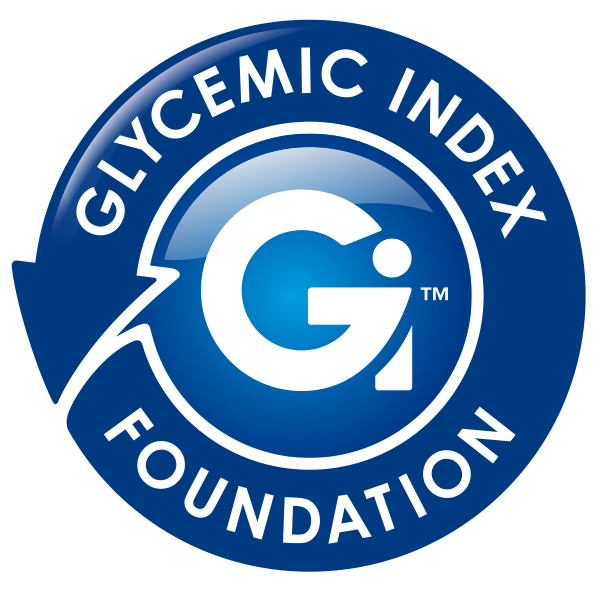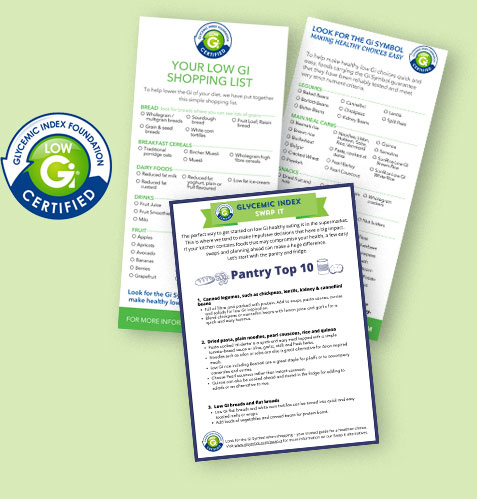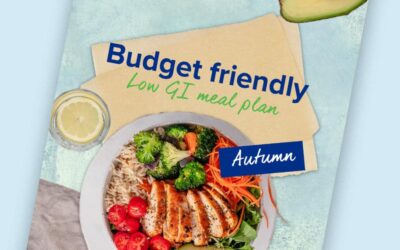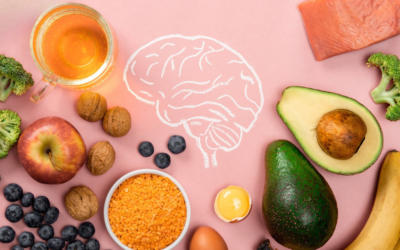Research is continuing to show us why a low Glycemic Index (GI) diet is good for our health. In fact, a recent study found that improving the quality of carbohydrates and fat in your diet can improve liver fat in just two weeks!
So why is too much liver fat a problem?
Having too much fat around the liver (known as NAFL, Non-Alcoholic Fatty Liver) can increase your risk of Type 2 Diabetes two to three-fold as well as heart disease and stroke. Being above a healthy weight range also significantly increases your risk of NAFL.
The good news is that by simply swapping the type of carbohydrates and fat in your diet, you can reduce the amount of fat around the liver and improve your overall health and wellbeing.
There are also benefits for those with Type 2 Diabetes. One study found that participants with Type 2 Diabetes who lost weight following a low calorie diet decreased their liver fat by 30% in just seven days. At the start of the study, the average liver fat for participants was approximately 36%; by the end of the trial, the average liver fat was just 2%!
Quality Carbs – Choose low GI
Going low GI does not mean giving up all your favourite carbs. It is all about swapping – swapping high GI carbohydrates for lower GI options. The best place to start is in the supermarket and to get you started here is a pantry and shopping list.
Tip: look out for foods carrying the low GI symbol. It is your guarantee that these foods have been scientifically tested and meet strict nutrient criteria.
Quality Fats – Polyunsaturated and monounsaturated fats
Forget no fat and think quality fats. Just like carbohydrates, there are better quality fats that are essential to the diet that can improve blood cholesterol levels for some people and lower other cardiovascular risk factors. The National Heart Foundation recommends replacing unhealthy fats (saturated fats) with healthy (polyunsaturated/monounsaturated fats).
‘Unhealthy’ saturated fats can be found in both animal and plant products including butter, lard, ghee, fatty meats, skin on poultry, coconut oil, palm oil, full fat dairy (cheese, ice-cream) and processed foods (deli meats, biscuits, cakes, pastries, takeaway foods). Aim to keep these foods in small amounts.
‘Healthy’ poly/monounsaturated fats include fish, olives, nuts, seeds and avocado, cooking oils made from plants or seeds, including olive, canola, sunflower, soybean, peanut, sesame, and safflower. Aim to include more of these ‘healthy fats’ each day.
Putting it all together
What does a low GI, Low saturated fat diet look like? Try the sample meal plans below.
Low GI, Low Saturated Fat, Two Day Meal Plan
| Meal | Day One |
| Breakfast | Porridge made with whole oats and low-fat milk and topped with 1 small, fresh, firm banana, sliced |
| Lunch | Hummus Salad sandwich on rye: 2 Slices Burgen Rye bread spread with 2 Tbsp hummus, sliced tomato, lettuce, and cucumber |
| Dinner | Chicken meatballs and Pasta |
| Snack 1 | 1 serve fresh low GI fruit e.g., apple |
| Snack 2 | 2 wholegrain crackers spread with ¼ avocado and topped with tomato slices |
| Meal | Day Two |
| Breakfast | Avocado & Cottage Cheese Whip on wholegrain toast |
| Lunch | |
| Dinner | Tuna Bean patties served with rocket, pear, parmesan, and walnut salad |
| Snack 1 | Oat based crispbread served with 2 Tbsp hummus |
| Snack 2 | 1 tub (170g) reduced fat Greek/Natural yoghurt with 1 Tbsp slivered almonds, a sprinkling of cinnamon & 150g fresh strawberries or blueberries |
What makes the Meal Plan low GI and low saturated fat?
Here is a list of the ‘star foods’ that feature in the two-day meal plan – low GI, ‘healthy fat’ (low in saturated fat) food choices.
Low GI Carbs
- Whole oats
- Bread & crackers – rye bread, wholegrain bread, wholegrain crackers
- Pasta
- Legumes – cannellini beans, chickpeas (hummus)
- Fruit – banana, apple, berries
- Greek yoghurt
Healthy Fats
- Olive oil
- Canola oil
- Avocado
- Nuts – walnuts, almonds
By Rebecca McPhee, Accredited Practising Dietitian (APD) & Health Coach Consultant.



